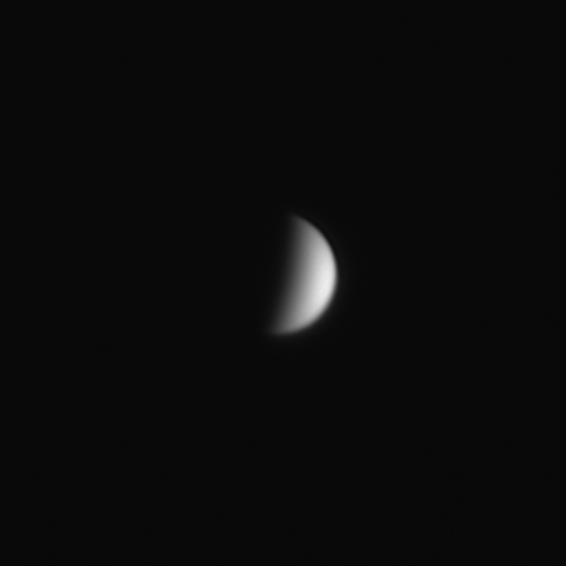
Without an UV or deep violet filter, the Venusian atmosphere appears very bland, but the phase is very prominent in this image.
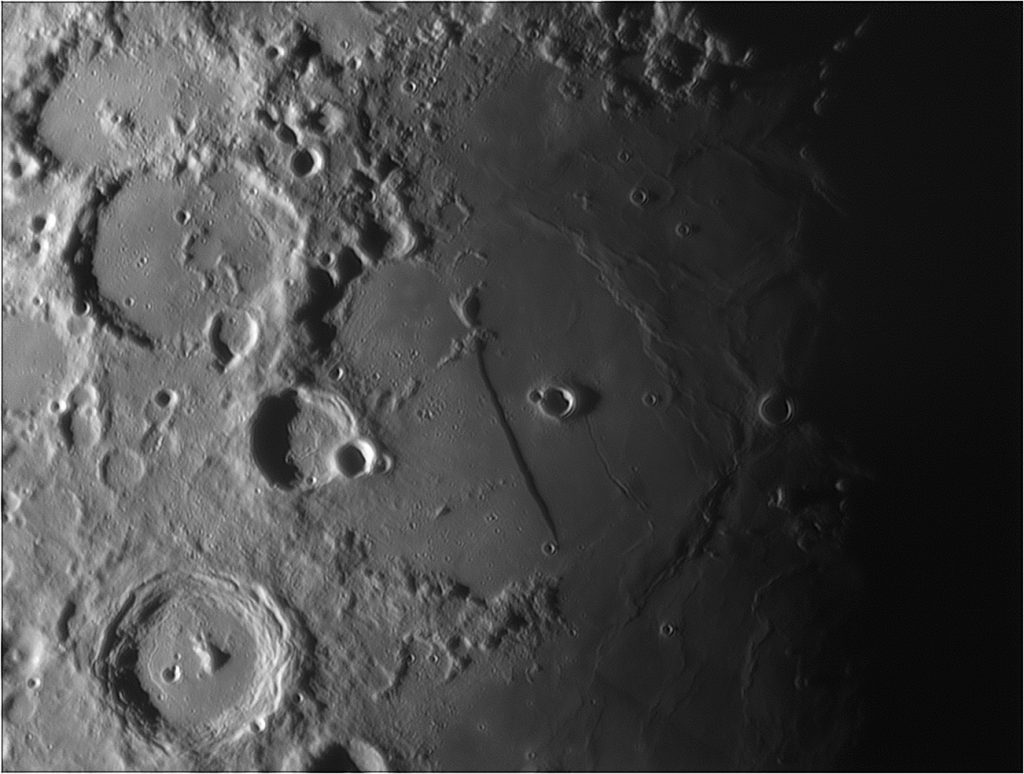
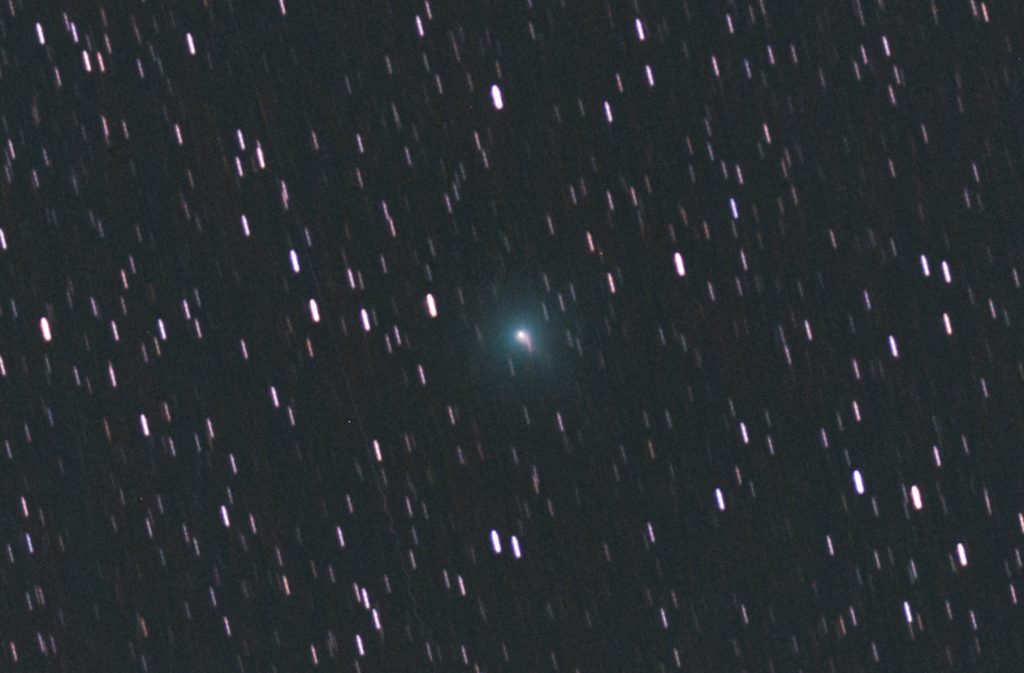
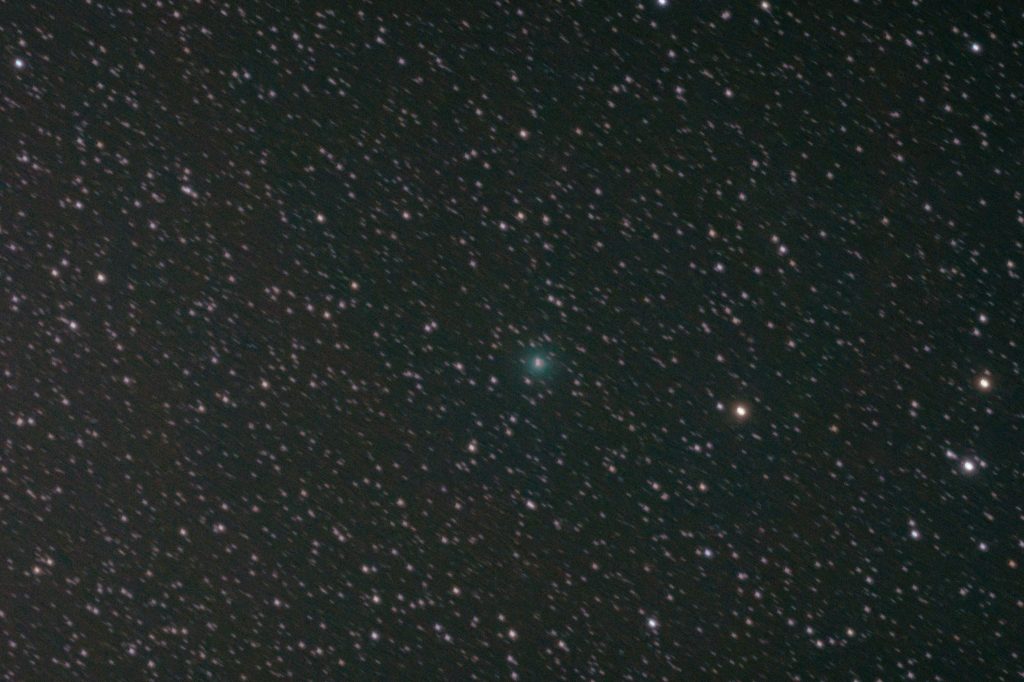
Comet Atlas C/2019 Y4 makes a rather sad appearance in this wind-shaken exposure.
Read MoreComet C/2019 Y4 (ATLAS) will maybe become a naked eye comet in April, and could probably become reasonable bright as comets to, now it is a faint smudge in the constellation Ursa Major. NikonZ6, cropped, 85mm lens, 62x15s at f/2.8, ISO 3200
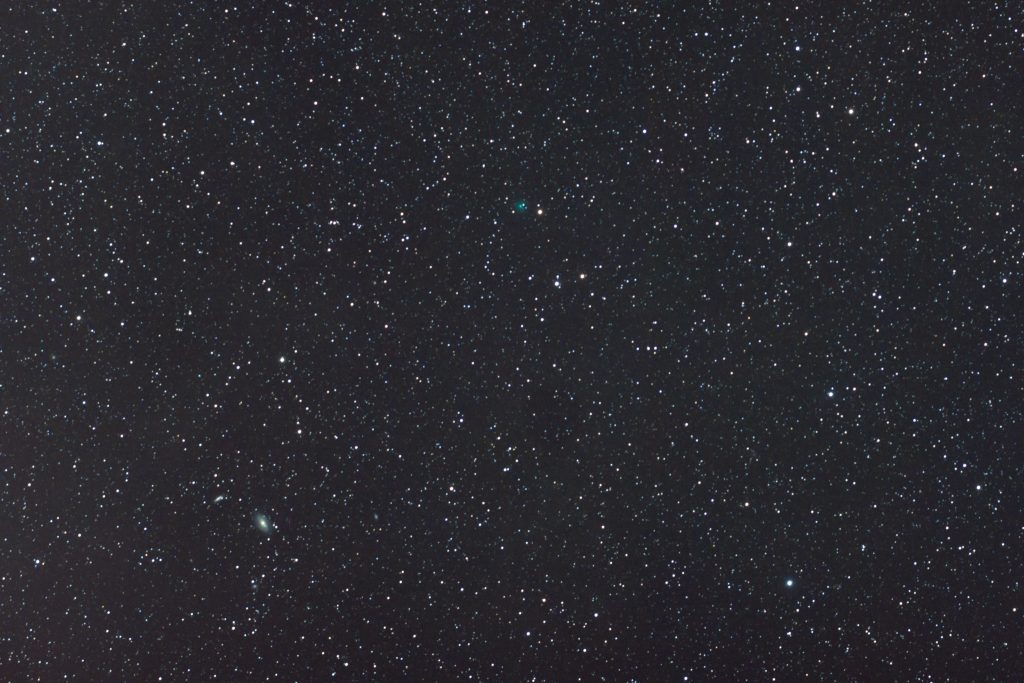
A late friend of mine owned a Zeiss AS 63mm lens, it took me a while to figure out all the details, as it is not mounted in the original cell, but in a custom machined one, and the tube loooks like it is self-built too.
In the process of establishing the quality of the lens I took these images with a QHY5L-IIc camera in prime focus configuration. As the conditions were very changeable because of passing clouds, the brightness of the images had to be adjusted individually, color saturation has been enhanced.
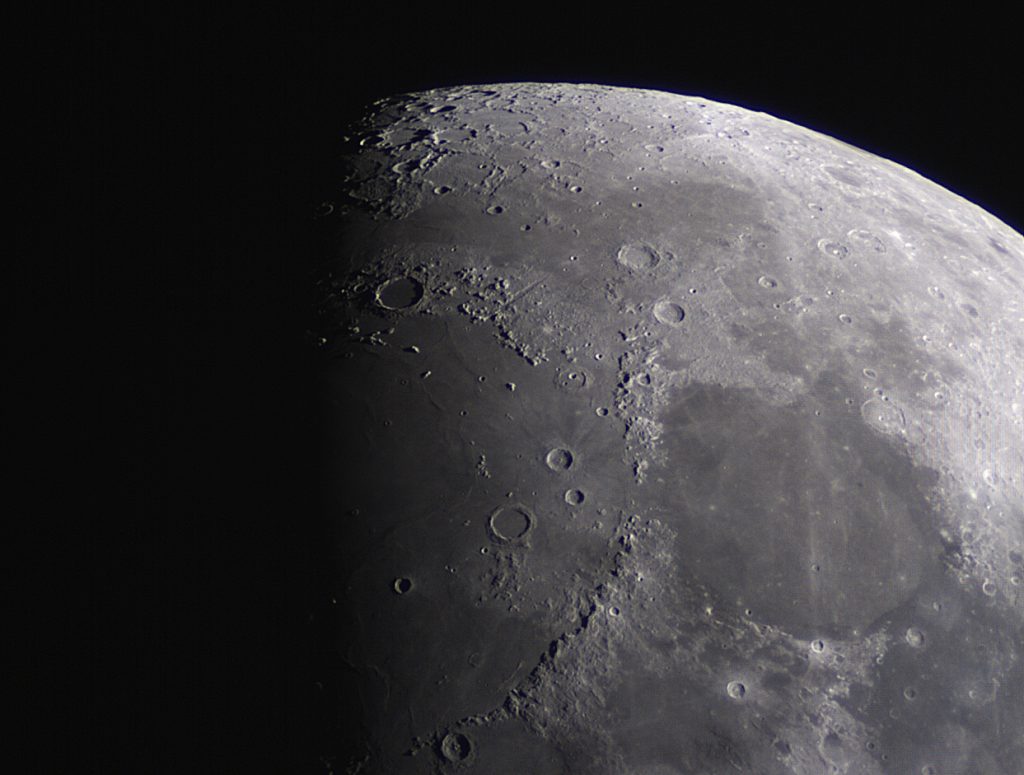
Today is a palindrome day, i.e. the date written in the format YYYYmmdd can be read in reverse order to give the same result.

An article in a swiss newspaper reported, that this is the first palindrome day for 900 years, a little thinking about the problem easily will give you dates like 2001-10-02, 2010-01-02 or 2011-11-02 that are also palindrome days, but only for the format yyyyMMdd, different dates are palindrome dates for ddMMyyyy. I was curious to see how many palindrome days in either format exist from a given date (I used the year 1 AD (there is no year 0!!!), so I created this little script that prints out all the palindrome days since 01.01.01, days that are palindromes in both formats are highlighted:
Read MoreIn 1998 I created this GIF animation showing the effects of the earths atmosphere on an image of the moon:
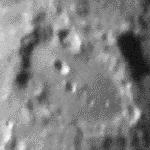
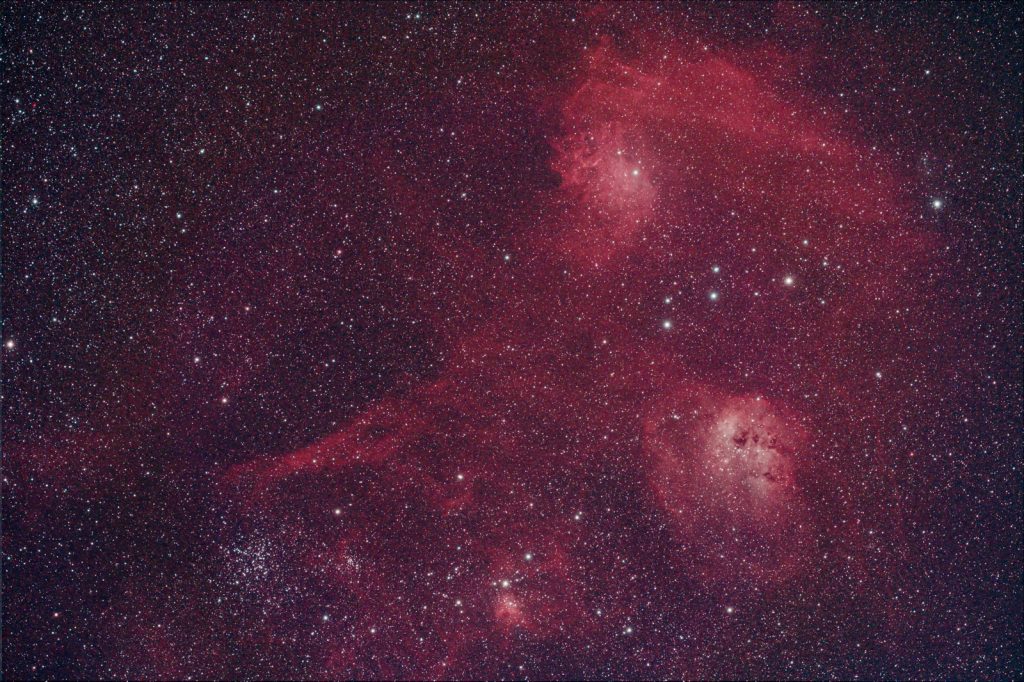
The flaming star nebula IC405 is visible at the upper right in this image, it is a cloud of glowing hydrogen excited by the very hot O-type star AE Aurigae. AE Aurigae is believed to be a former member of a multiple star in the trapezium of Orion. When two binary stars got too close to each other, AE Auriga and presumably also Mu Columbae got ejected. It is now a high velocity star just passing through this gaseous region in the constellation Auriga.
Read More